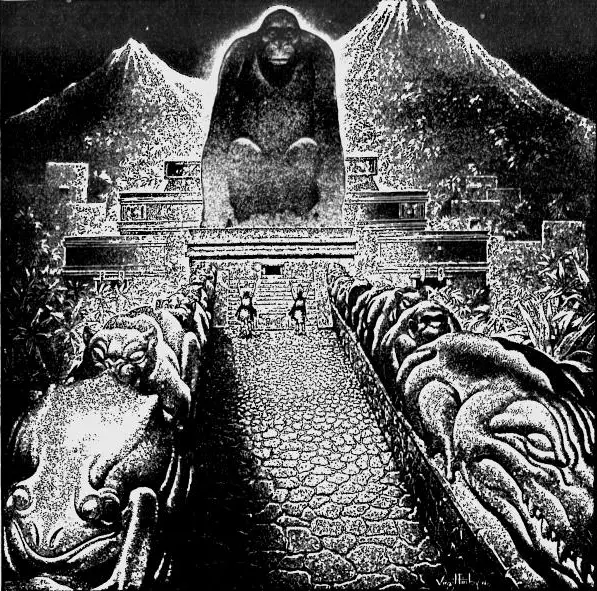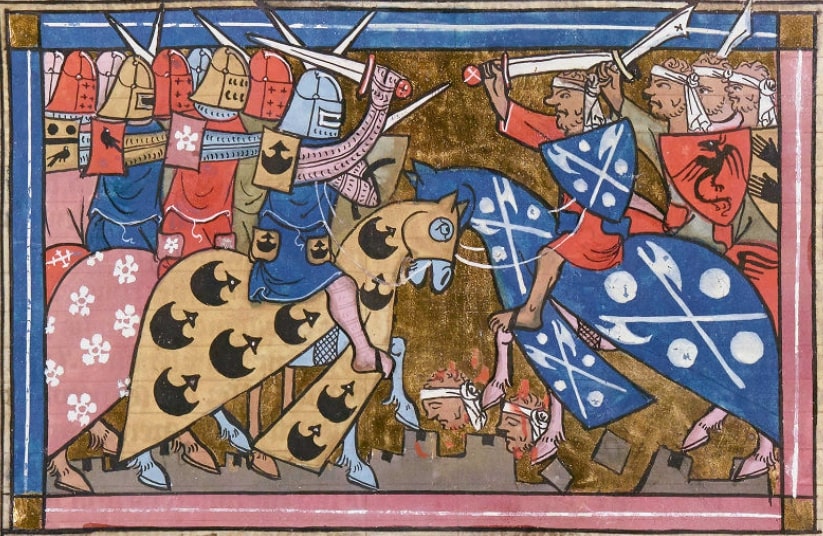 he lost city of the Monkey God or better known as White City in Honduras has a very interesting history, even if not much is known about it. Known by locals from legends as the “lost city” of La Ciudad Blanca, is believed to have been created by a South American civilization before the rise of the Aztec culture around the 10th century BC.
he lost city of the Monkey God or better known as White City in Honduras has a very interesting history, even if not much is known about it. Known by locals from legends as the “lost city” of La Ciudad Blanca, is believed to have been created by a South American civilization before the rise of the Aztec culture around the 10th century BC.
Monumental Discovery
What is interesting is that the location of this lost city had been discovered about 80 years ago, but had been lost as the explorer who discovered it had a sudden death which didn’t allow him to share the exact location of the city with anyone.
The American adventurer who discovered the White City was Theodore Morde, who in 1939 went on a quest to find the lost city of the Monkey God. He heard a lot of rumors and legends from native Indians about the existence of what at the time sounded like an inspiration for the Indiana Jones plot. The confirmation of the existence of the mystical City of the Monkey God is the culmination of centuries of on-and-off endeavors by explorers to locate remains that the Spanish explorer Hernan Cortes predicted in 1526 would “exceed Mexico in riches”.
Indigenous Indians had been told by their ancestors that a giant statue of a monkey was buried there, but due to the overgrown forestation in the rural area, it was very difficult to spot. Nevertheless, that same year Morde managed to find it or so he claimed to the world as presented in an issue of The American Weekly from 1939. Sadly, that same period Morde had passed away in a car crash before sharing the exact location of the lost city.
Re-discovering the Lost City
The city was lost once again and the world didn’t pay much attention as they thought that the existence of the city was just a hoax. In 2012 an amateur archaeologist and filmmaker from America raised over a million dollars to start a private expedition in the search of the lost city. A team of various experts was assembled.
The expedition was led by Former British SAS soldier Andrew Wood who was specialized to survive in rainforests, especially those in Central America. Another important anchor to the expedition was Archaeologist Oscar Neil Cruz of the Honduran Institute of Anthropology and History. The rainforest was filled with dangers at every corner, from an extremely humid climate to dangerous predators and venomous insects.
Mark Plotkin, the expedition’s ethnobotanist, said:
“This is clearly the most undisturbed rain forest in Central America. The importance of this place can’t be overestimated.” (Quote by Mark Plotkin)
It is as if the rainforest in Honduras was never touched in the past 80 years and many parts of it did seem as if they were never touched in over 1000 years. The overgrown vegetation was a big problem as it made it very difficult to traverse the terrain. After 3 years, the explorers managed to find what they thought was non-existent. The city of the lost Monkey God in all its glory, but it did not really look like Virgil Finlay illustrated it in 1939.
Many artifacts and architecture were taken over by nature, but interestingly enough the explorer did find a statue of a big monkey, presumably representing the Monkey God. Besides finding many artifacts that were over a millennium in age, many different species of animals and plants which were believed to be extinct have been found to be alive.

Many other rare or endangered animals and plants were also cataloged, including 183 species of plants, 245 species of insects, nearly 200 birds, 22 amphibians, and 35 reptiles. It is amazing how the world and humanity to be more specific had left this place untouched for so long. It was pointed out by Mark Plotkin that this is the effect of nature preserving itself in locations that are not invaded by humans.
Two very important animals that had been found were the tree coral snake which was thought to have gone extinct in 1965 and the pale-face bat which was last seen in 1942.
The three-year-long journey had been recorded by Douglas Preston in his book called “The Lost City of the Monkey God” where he presents some of the histories behind this place, but most importantly the journey which was taken by explorers to find this unbelievable place.
Avid Writer with invaluable knowledge of Humanity!
Upcoming historian with over 30 million views online.
“You make your own life.”





